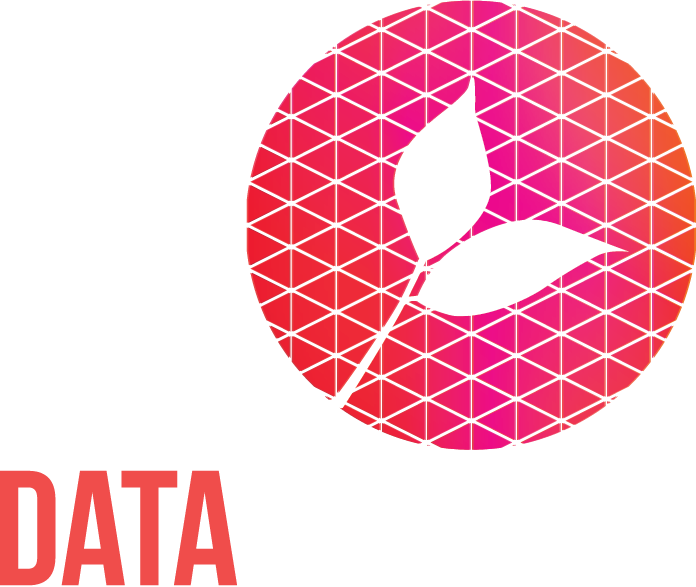Food poverty mapping project
Case study: Research
Client: Herefordshire Food Poverty Alliance
Date: 2019
Work: Analysis of existing data
The Food Alliance partnership in Herefordshire aims to reduce hunger by improving access to and awareness of affordable, healthy food. As part of this they want to identify target areas to focus their collaborative efforts (charities, local authority public health and welfare, churches and foodbanks).
Data Orchard completed a literature review of research on food poverty, identified relevant and available datasets at sub-county level, and developed a set of indicators to identify food poverty risk factors using data at ‘lower super output area’ geographies.
The criteria we used for the inclusion of data to use as indicators of food poverty risk:
· used in similar work elsewhere, with evidence of a link to food poverty
· available sub-county for Herefordshire
· makes sense to local partners in the Food Alliance
· avoid duplication e.g. benefits data AND income deprivation domain (which is based on older benefits data)
The datasets used were: percentage of households that are fuel poor, obesity in year 6 pupils, lone pensioner households, single parent households, benefit claimants, no car households and overall index of multiple deprivation rank in Herefordshire (2019). All at ‘lower super output area’ geography.
The food poverty risk scores were calculated by dividing each risk factor dataset into quintiles; recoding to 1 to 5 where 5 is the highest risk. The overall food poverty risk score is the median of the six different risk factors for each LSOA. The risk factors and overall food poverty risk score were used to create an interactive open access food poverty map for the county.

